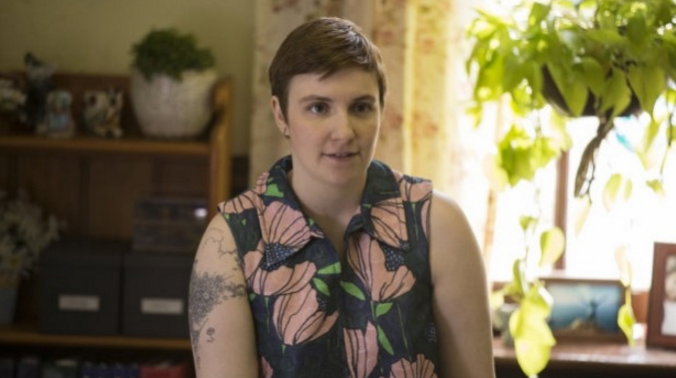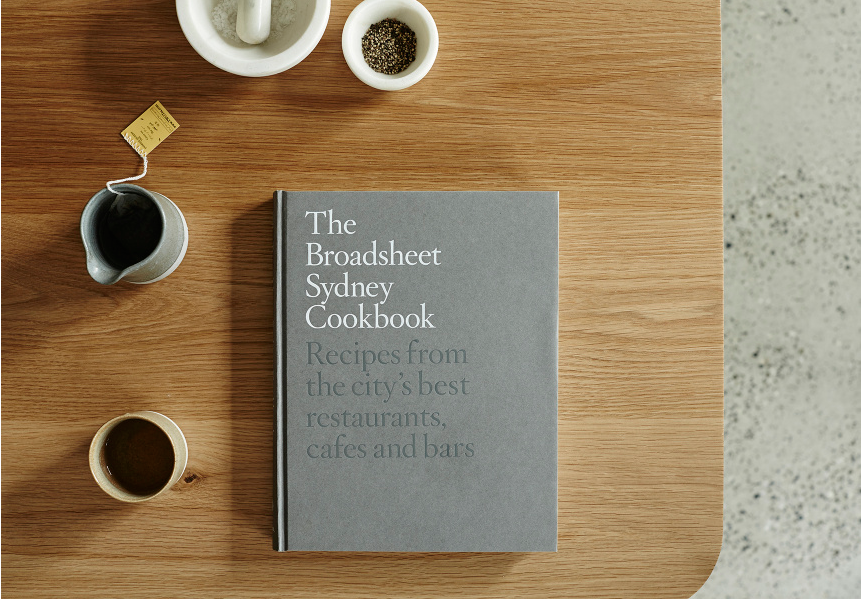And as xenophobia, a virus whose symptoms are always felt before they’re detected, springs up everywhere from muttered asides to national policy, it’s getting harder to find relief. Throw in garden-variety micro-aggressions (“where do you really come from?”) and achieving a state of wellbeing starts to resemble a marathon with no finish line, a clumsy stab at lightness in the face of a crushing ache.
— A new column, for SBS Life, on why people of colour should prioritise self-care as the return of Pauline Hanson sinks in.


